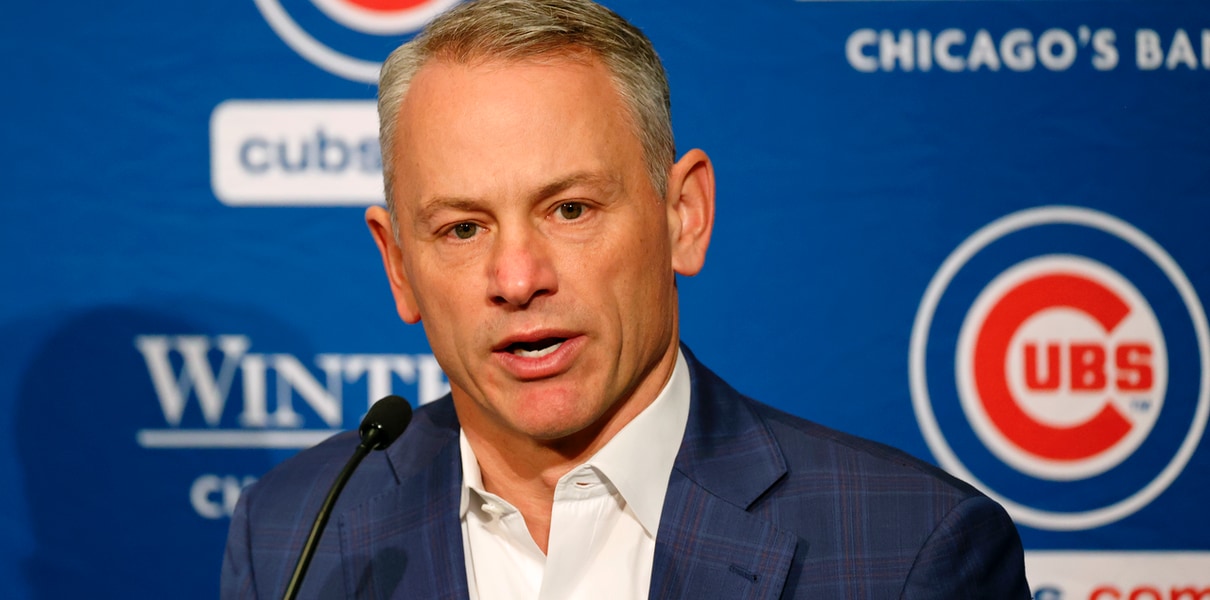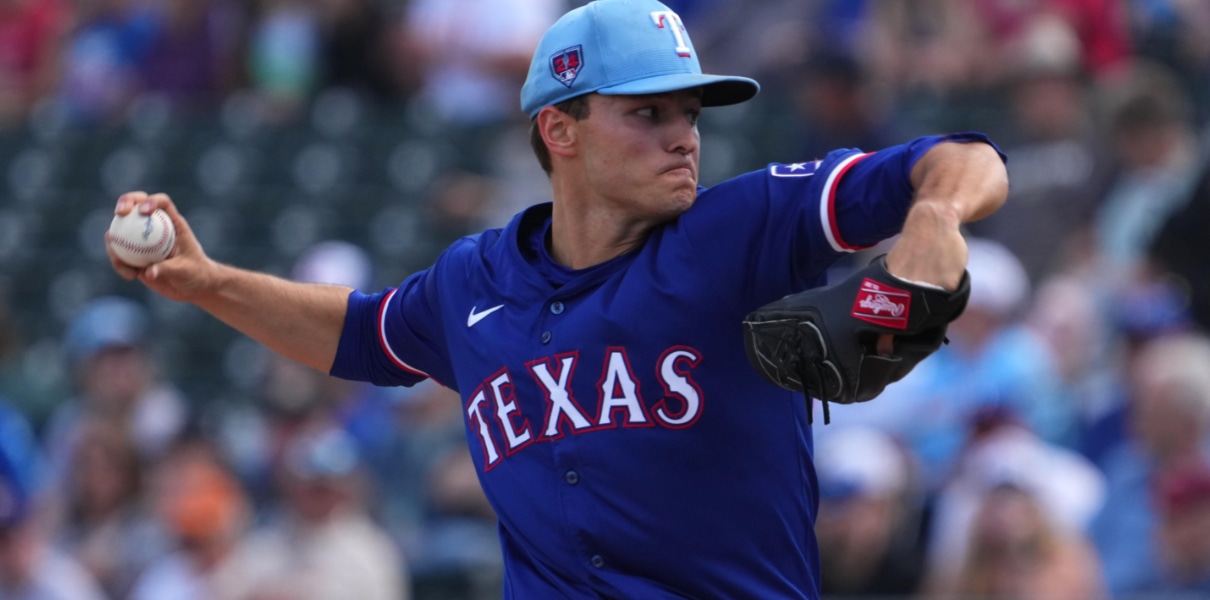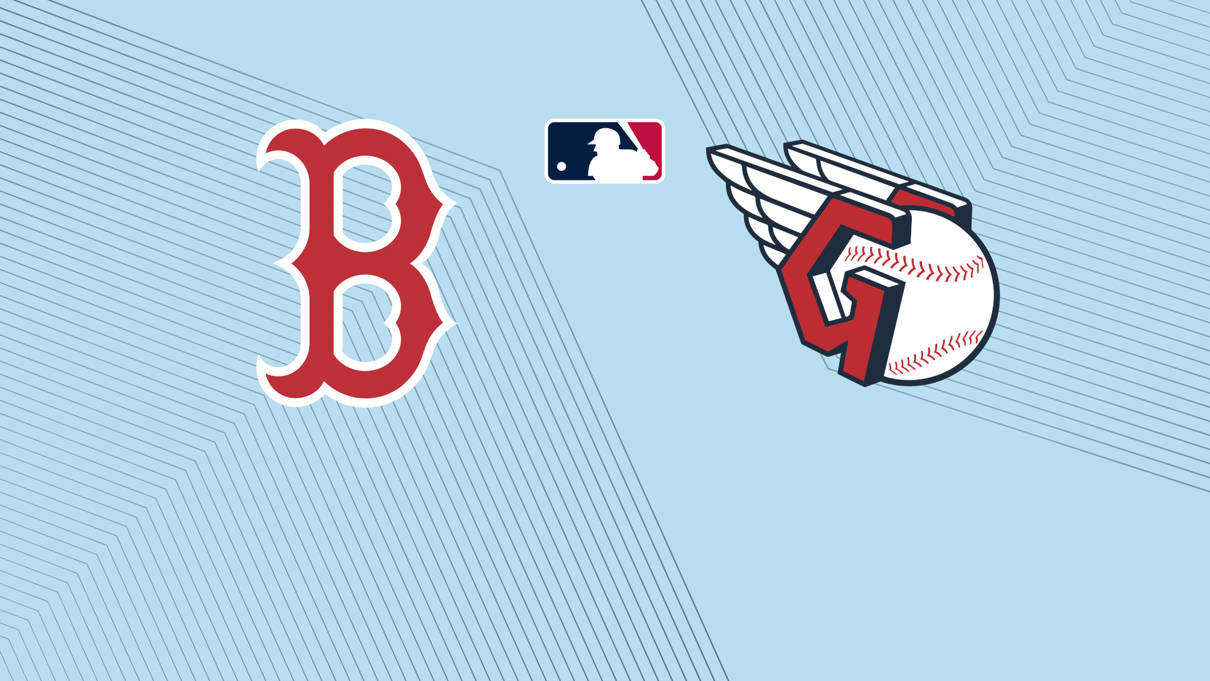I watched the replays live with everyone else, and my take was this: although I was pretty sure that Jonathan Villar was safe on his headfirst slide that would’ve tied the game in the 7th inning of the Cubs’ loss to the Brewers yesterday, I wasn’t sure the video rose to the level of the “clear and convincing” standard necessary to overturn the call on the field.
With the video available to play around with for slow-down screenshotting purposes, I can now say I actually am sure he was safe.
As you can see in the featured image up there at the top of the post, in concert with watching that angle on a loop, you’ll see Villar’s hand is impacting first base and the ball is not yet in Rowdy Tellez’s glove. That’s about as clear and convincing as it can get, and I’m not quite sure how the replay officials got that one wrong (but they seem to get it wrong so very often, so … ).
If that is correctly called, Nico Hoerner is safe at home, the game is tied at 5, and that 7th inning is still going for the Cubs. Hey, maybe they lose it eventually anyway – feels like about a 50/50 proposition – but that’s a better shot than facing Devin Williams and Josh Hader down a run. Looks like the Cubs got screwed. It happens. Don’t have to be happy about it, though.
Now for the other part of that play that folks want to discuss: the headfirst slide into first.
As we all know, it’s almost never a good idea. The body reacts and guys still do it all the time, even knowing better, so I’m not going to rip a guy for something like that. It’s just an instinct. But if Villar had run through the base, maybe it would’ve been an even closer play, and the call goes the other way.
Generally, you say a headfirst slide at first base is only acceptable when it is intended to avoid a collision or a tag at first base on an errant throw, or where a bunch of players are converging. HOWEVER, there is research out there to suggest that diving headfirst CAN SOMETIMES get you there more quickly than running through the base! I think most folks aren’t aware of that, so I’ll offer it here to expand our thinking.
Here’s an article at FanGraphs on the topic, which digs into the math behind the decision to slide. The short version is that if you time your dive perfectly, if you get your body angle perfect as you lunge to dive, if you are running at a reasonably healthy clip when you start your dive, and if you have particularly strong leg muscles, then you will get a fractional advantage with your dive. It’s true! Sometimes diving headfirst into first base is the faster way to go!
But you can see the but, right? That’s a whole lot of ‘ifs’ that you have to execute in order for the advantage to swing your way. The Villar play shows how hard it is to actually pull off, because you can see that even if he checked every other box, he dove slightly too early, which created a bounce on the ground that slightly slowed him down. That play also shows the other problem: if you do time it perfectly, you’re gonna slightly increase the risk of breaking your finger on the base!
So, on the whole, I’m still going to land on the idea that it’s basically never a good idea to dive headfirst to beat a throw at first base. The main exception is to avoid a collision or a tag. Otherwise, just try to resist the instinct to dive, and run through the base.
That said, the video on this one is very clear to me. Cubs got screwed by a poor replay review.

































